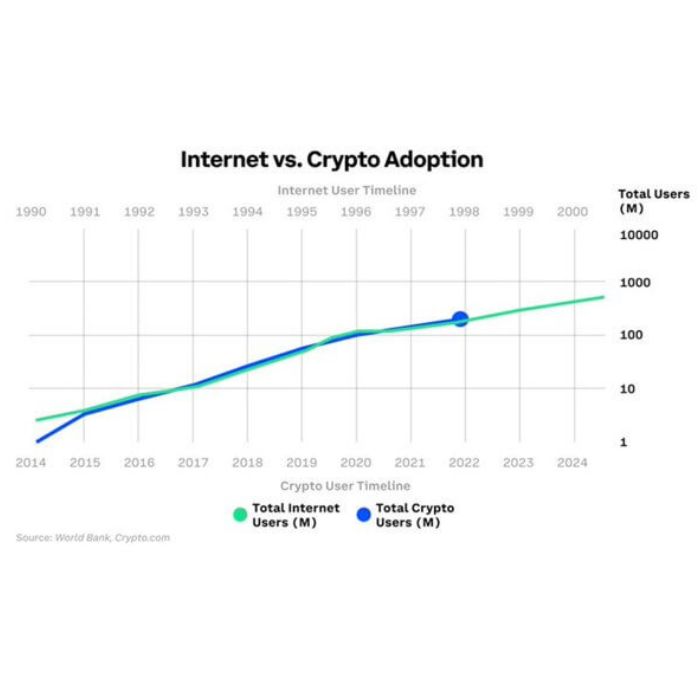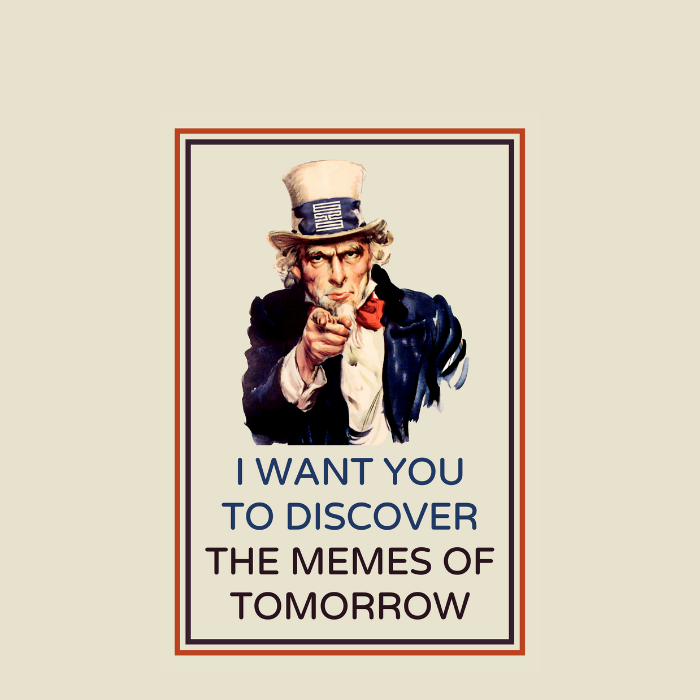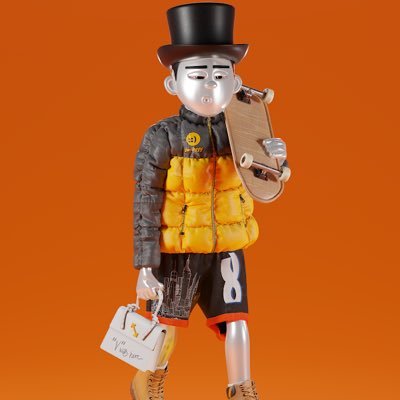The evolution of NFTs, crypto and the internet
As an NFT enthusiast, it can be difficult to convince your friends that the world really needs digital, verifiable ownership. It doesn't get any easier when the prices of one's NFT collections drop to record lows and not even giant brands like Times, NIKE, Budweiser or Nickelodeon succeed in bringing NFTs to the masses. The question remains: What will it take for NFTs and web3 to break through to the masses, and when will it happen?
It is largely about education. Perhaps it is even the case that certain aspects of NFT technology need to be dissected and presented under other brands to avoid the negative connotation that NFT has unfortunately been associated with in certain circles.
On the other hand, there are examples like Roblox, which instead choose to use the concept of NFTs to attract new investors, but then creates its own version of NFTs that cannot be moved outside of the closed Roblox world.
Education is undoubtedly a key factor in driving development forward and just as the internet is constantly attracting more users, web3 actually follows that development curve almost identically as we will soon look at. But first we want to jump back to the development of the internet to better understand today's development of web3 and NFTs.
A quick overview of the development of the internet and the path towards web3
Many are unaware that the Internet actually has its roots as far back as the 1960s, when government researchers used it to exchange information. The internet we are familiar with today is in its fourth decade and began in 1983, when TCP/IP (Transfer Control Protocol/Internetwork Protocol) was established.
Over the years, the Internet has gone through three distinct phases, often referred to as Web 1.0, Web 2.0, and Web 3.0.

Web 1.0 (1980s to 2000) is seen as the first stage of the Internet and was characterized by static websites, custom pages created by companies to reach a specific audience and banner advertising. Content creators were rare and access to the internet as expensive as your electricity bills are today.
Web 2.0 (2000 onwards) marked the beginning of the "World Wide Web" and the internet became more accessible and affordable. The users could thus become content creators themselves and a wider interaction between users was made possible. Social media platforms such as Facebook, YouTube and Twitter were born here.
Web 3.0 (2010 onwards) is the era we are in now, where AI-based mobile apps, 3D graphics and blockchain technology are in focus. In connection with this, web3 includes concepts such as decentralization, token economy and the possibility of generating income from digital content.
This brief look back at the history of the internet shows how it has changed and developed over time. It also highlights how it continues to evolve towards a more decentralized and user-driven future led by Web 3.0.
Blockchains and cryptocurrencies are predicted to reach 1 billion users by 2026/27
The blockchain and cryptocurrency world has seen rapid growth since Bitcoin was launched in 2009. Some analysts and observers compare its development to the expansion of the Internet in the 90s and as we can see in the graph here, there are striking similarities.

Then, as now, there were skeptics who questioned the value of a digital world. But through education and patience, enthusiasts and visionaries managed to demonstrate the amazing possibilities that the internet offers and now we are here to do the same with web3 and NFT.
So let's be optimistic and enjoy being the pioneers paving the way for the future while together we continue to educate and spread knowledge about NFTs and web3. Because just like the internet in the 90s, these technologies are still at a very early stage but with an even greater potential to revolutionize the world and create a new era of democracy.





